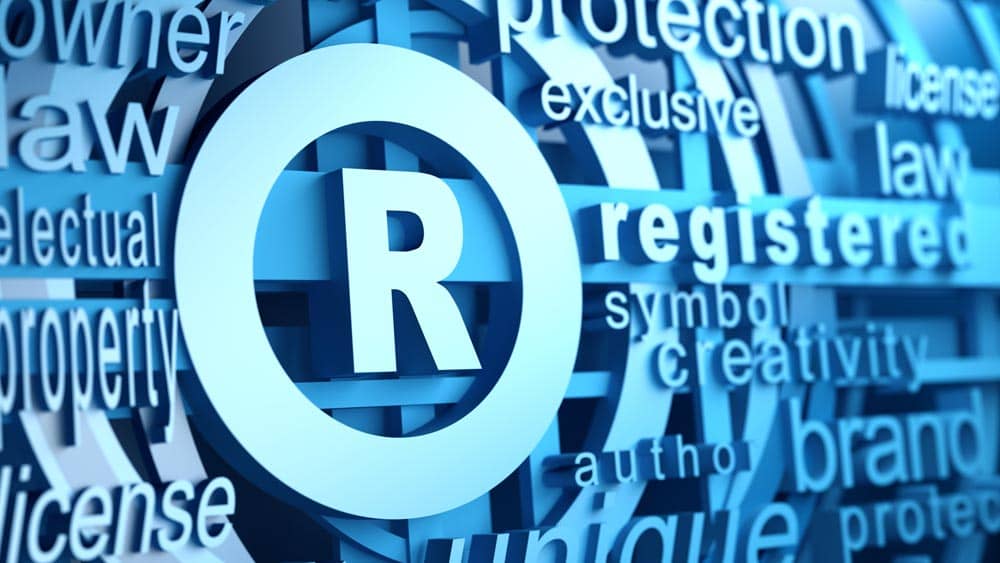Names are important.
Names help identify your mobile apps. Names help market your mobile apps. And names can help you protect your mobile apps, too.
If chosen wisely, the app’s name itself becomes intellectual property. And while the jury may be out on the efficacy of patents for software apps, there are several other ways to protect it.
One important way to protect a mobile app is to trademark its name. In this article, I’ll share what goes into a good app name – and why – and how a software trademark is the first line of defense for your intellectual property.
Good Software Names are Worth the Wait
Many companies start out with a name for their app already in mind. It’s usually something the idea’s creator came up with, or the brain-child of an influential exec. As such, you might feel compelled to keep it.
Don’t.
An app’s name is too important to coddle someone’s ego over. And all too often, company executives get attached to names that are simply, well, bad. Just because it sounds original or cool or has hidden meaning – that doesn’t make it a good name.
So before you even consider trademarking a name, make sure it’s a name worth trademarking.
An effective name should:
- Be easily recalled by customers.
- Be easily spelled (for finding online).
- Tie into the type of product it is or the value it provides.
- Be unique and free of bad connotations.
These guidelines ensure your app’s name will help your customers find it. They also help online with finding a domain name you can own, search engine listings you can dominate, and avoiding unfortunate baggage in terms of associated links or meaning.
You can stick with your “working name” for now, but in the end it’s always worth the wait to find a more strategic name that resonates with your product and provides these online benefits.
Researching a Mobile App Name
Once you’ve “found” a suitable name for your mobile app, you need to research it fully.
The simplest research is to google it and see what comes up. Your app doesn’t even exist yet, but those results will still be there once you’ve launched it — even if you win the #1 position. Searches that bring up fewer of your competitors are preferable, too.
If it passes that test, go to a reputable hosting service (such as hostgator.com) or domain registrar (e.g. networksolutions.com) and see if the domain name URL is available. A domain in the form of “appname.com” is ideal. If that’s available, great. If not, see what variations there are that might also be acceptable. But always stick with a .com as your primary name.
If your mobile app name passes the domain test, it’s time to check the United States trademark registry. This will tell you if the name is currently under trademark protection. Just because your google search didn’t uncover anything doesn’t mean someone hasn’t already trademarked it. This is probably the most important test of all, so be absolutely sure your name’s available here before moving forward with it.
One other place to check is with your state’s business registry, to see if any local competitors might get confused – or even credited – with your app’s name.
What to Trademark
While a trademark may be the first line of defense in protecting your app, there are only a few important items it can be applied to. You can receive a trademark for:
- Your mobile app’s name or title.
- Icons used to represent the app in the marketplace.
- Logos used in the app or for marketing purposes.
What You Can’t Trademark
Since a trademark is limited to the items listed above, there are obviously many things you can’ttrademark.
You can’t trademark the mobile app itself.
You can’t trademark the code within the app.
And you can’t trademark common words or phrases, even if they’re part of your name or title. This includes names that are purely descriptive text and therefore considered to be common words. While “CarFinderApp” might light up a search engine for those terms, it’s not trademarkable.
Plus it’s boring and unimaginative, to boot. (In case you hadn’t noticed.)
Protecting Your Brand with a Trademark
So why is it important to trademark your mobile app’s name?
To keep others from using (or abusing) it.
Once you’ve established your app in the marketplace, maybe even invested big money in promoting it, you don’t want someone coming along and copying you. Or even riding your brand’s coattails. You want your app’s name and fame to lead to you, and only you.
Without a trademark, competitors have an opportunity to steal your brand’s identity. They can name their app something similar to yours, create a logo that’s “almost” identical, and represent their app in the marketplace with an icon just like yours.
Most customers won’t be able to tell the difference.
Without a trademark, a brand thief could even beat you to the punch and trademark it themselves. Then you’d have to jump through all kinds of legal hoops to get your brand back. Meanwhile, your market share is lost and your brand image deteriorates while the thief profits.
With a trademark, you’re protected from all that. You – and only you – will benefit from customers searching for your brand. And the higher your brand awareness climbs, the more copycat competitors will be looking to siphon off some market share.
So improve your mobile app’s chances of success with a good strategic name. And then protect that name with a trademark. You’ll be glad you did.






